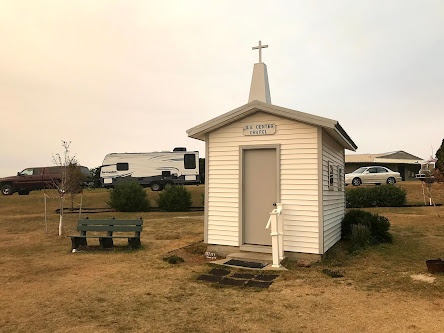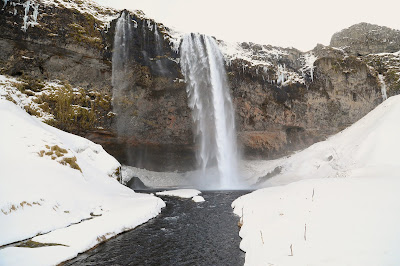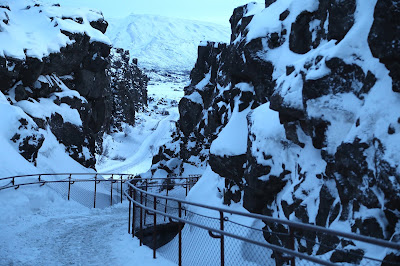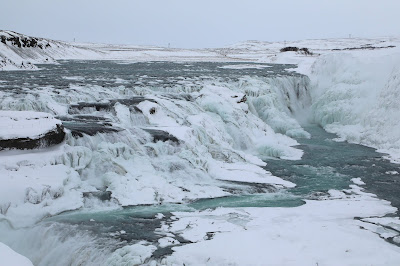We left Cheyenne in the early morning hours and drove to Mormon Island State Recreation Area. Located just off I-80 it makes a great overnight camp location. This a well maintained facility providing electricity and a dump station. The wash houses are clean and have showers. Named for the winter stopover used by Mormon emigrants heading westward.
Our meals for this trip are made from from leftovers we saved over the summer and froze. Things like soups, casseroles, chili etc. same with breakfast mostly breakfast sandwiches. Lunch is made up of sandwiches and fruit and veggies.
On the morning of October 5 we traveled south from Mormon Island on Rt 281 to Hastings, Nebraska. It is a very little known fact that Kool-Aid was invented in Hastings, NE.
In 1927, Edwin Perkins invented and began to manufacture Kool-Aid at Perkins Products Company in Hastings. The Original Kool-Aid Factory, the original home of Perkins Products Company, at 516 West 1st Street. He had a dream of being a self-employed businesses success was backed by hard work and some ingenious marketing. While he developed many products, Kool-Aid was certainly the most famous and has gone on to impact popular culture through the decades.
The outside of the building is a colorful tribute to Perkins products, but mostly Kool-Aid.
I found Hastings to be a classic midwest town with brick streets and a vibrant down town shopping area. One could spend a good bit of time walking the main street area window-shopping and visiting one of the many coffee shops.
As we continued South on 281 into Kansas to a spot one mile North of Lebanon, Kansas. Here one find a nice little park and the Geographic Center of the 48 Contiguous States.

It was in 1898 a government geodetic survey determined that the geographical center of the 48 continental states was located at 39 degrees latitude and 98 degrees longitude.
Here is a stone monument which was erected on the exact spot, and officially dedicated on June 29, 1941. There is a nice shelter where one could have a picnic.
There is also a little chapel where travelers can take a moment to reflect and pray for safe travels.
Souvenirs can be found at Ladow’s Market in Lebanon, Kansas. This is a classic market from mid west days gone by. Carrying the essential items to create great meals. There is also a butcher counter in the back of the store. I had learned they make a very good pork sausage, so I had to pick up a couple packages. In talking to the owner I learned the sausage recipe was created by his father who used to have the Ludow Packing House across the way. He told me the sausage was made with simple ingredients, such as salt pepper, red pepper, sage etc. Local hogs are the source of the meat.
At Ludlow’s Market, so we supported the local economy and bought a few things. I feel places like this must stay alive to preserve a bit of the essence of our country. There is a lot to be said about these bucolic bits of Americana.
Attached to the market is a cafe, and I wish I had taken a look at their menu. I just have the feeling the cafe would get busy at noon filled with farmers in for lunch, mixing with the banker and various shop keepers.
I did get a post card to send to a friend and went across the street to the post office to purchase a stamp. Interestingly they did not have any postcard stamps. I kinda thought post cards would be a hot item in the Center of the USA.
Next to the Market is a city park where the jail was located. There are two cells there at Kenai and Koda were temporary residents.
We left Lebanon driving South a couple miles to US Rt 36 and head east. This area here is part of the Pony Express route from St. Joseph to Sacramento.
We did stop in Marysville for diesel fuel as the price was right at $1.94 a gallon. In Marysville they have these big squirrel statues all over the town.
So tomorrow we make our way to my parents house in Bucklin, MO.
"I have miles and miles ahead of me, tales to listen to, time to spend/ Up ahead, the road is bending; wonder what's around the bend."






















































